Tag: MMORPG
-
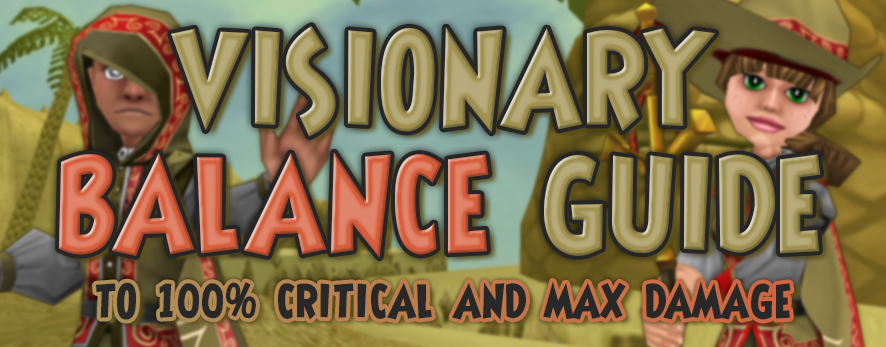
Balance 100% Critical Guide
•
Ah the school of Balance! Arguably one of the hardest schools to beat in PVP. In addition, they can also achieve max critical and high damage. With this setup you can get around 130% damage and 839 critical. Benefits of the Balance School The Balance school is really amazing. They’re one…
-
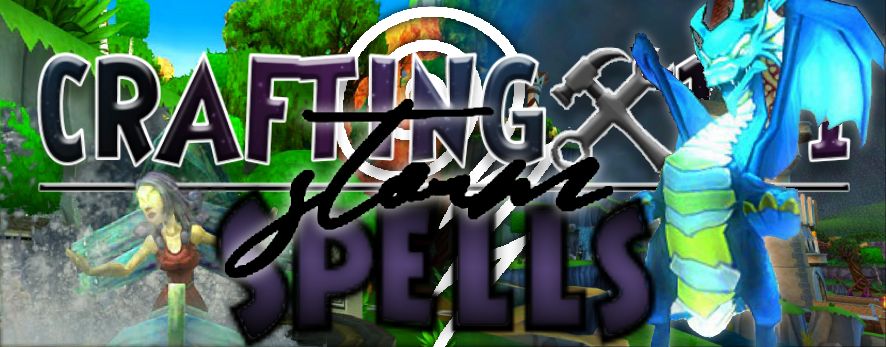
Crafting101 – Storm Spells
•
Today I will explain how to craft the Storm school spells you can’t get from questing and leveling up. I will also tell you where to get the reagents you need fast! Recipe Vendor Location The Storm school spells we will be crafting are Calypso and Catalan. To buy the…
-
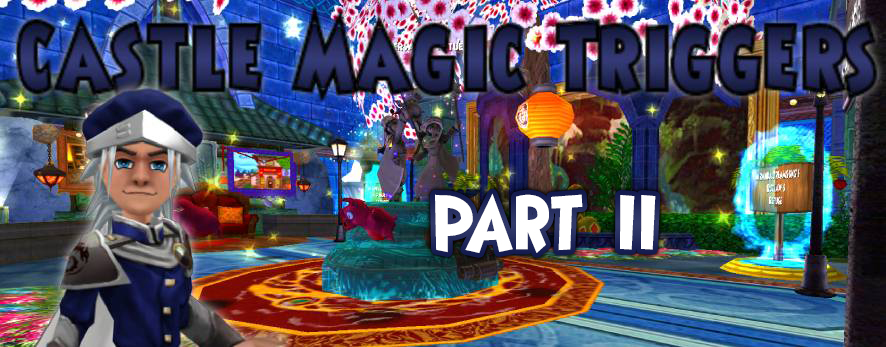
Castle Magic Triggers II
•
Introduction This guide is a continuation of the first castle magic triggers guide. I have gone through each castle magic trigger and assigned a difficulty of use to each one. This guide will cover intermediate triggers, another guide will cover advanced. Each section will name the trigger, what it does,…
-
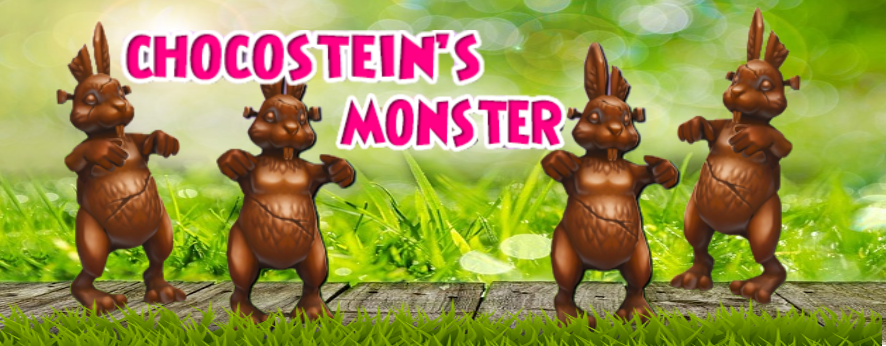
The Dark Side of Bunnies
•
Chocostein’s Monster Chocostein’s Monster is one of the newest pets in the Spiral. This tasty looking Myth pet comes with a Berserk card at baby and receives a jewel slot at Ancient. Mine manifested some interesting talents, 4 out of the 5 were May Cast. *May Cast Gardening Pixie *May Cast…
-
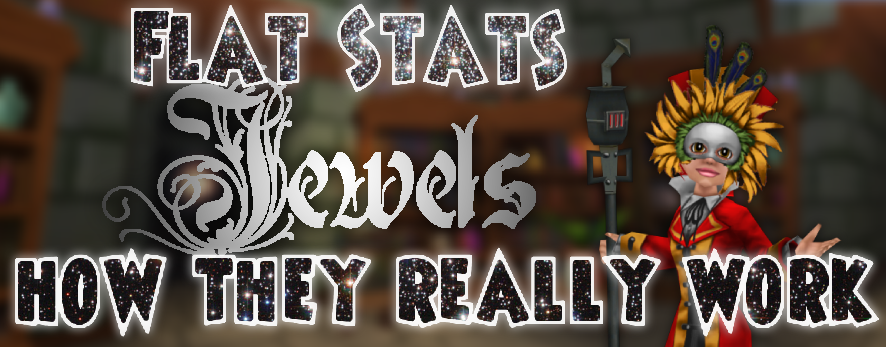
Flat Stat Jewels101
•
The Misconception Flat jewels are a misinterpreted stat for Wizard101. They have been since the beginning of the Spiral’s time. In fact, most players get rid of these jewels thinking they have no value. But it’s not true! I’ve used them since their introduction into the game. Many of my…
-
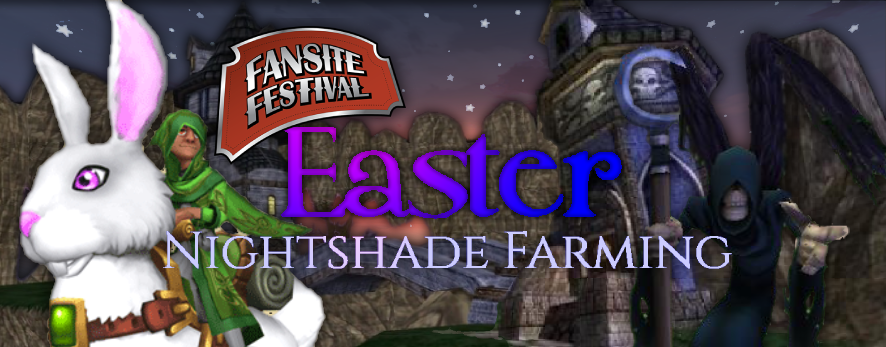
FANSITE FESTIVAL FARMING 2019
•
Ravenwood Academy Fansite Festival farming event? Do you know what this is? No???? Well, it’s where all the Wizard101 and Pirate101 Fansites gather together to create something truly amazing for the community. This yearly event is organized by several members of the community who work hard together to coordinate with…
-
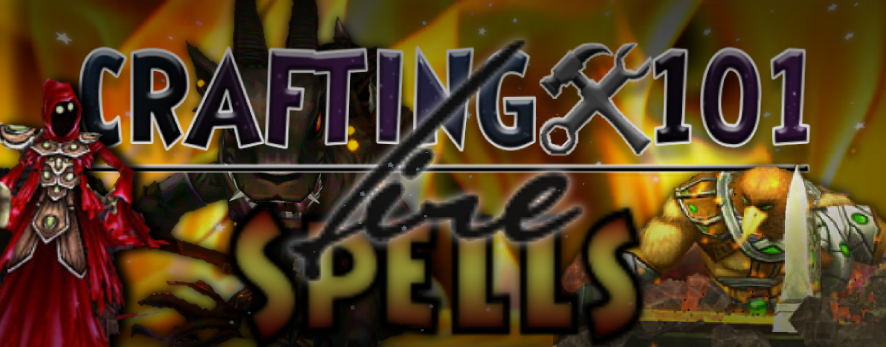
Crafting101 – Fire Spells
•
The Basics Have you ever wanted to get a spell, but did not want to spend hours farming for it? Well, then you came to the right place! Today I will be going through the basics on how to craft the Fire spells dropped by Loremaster. Requirements …
-
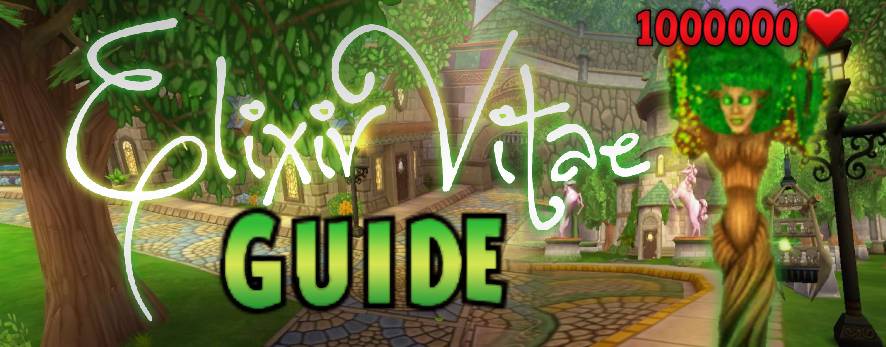
How to Get Elixir Vitae
•
You may be wondering how to achieve the Elixir Vitae badge for healing One Million. It sounds difficult! While it’s not easy, it’s possible for any wizard. So, read through my tips and tricks for getting this badge. The Heal The spell you use is very important. You need…
-
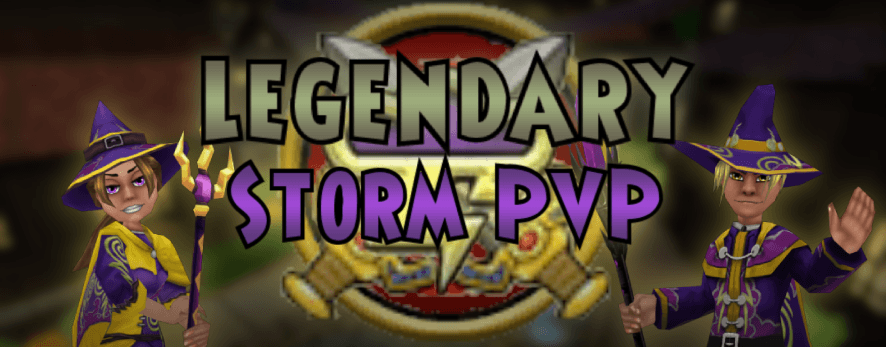
Legendary Storm PvP
•
Hello, and welcome to Legendary Storm PvP. I know, shocking. Why Legendary Storm PvP you may ask? When I was playing Wizard101, back when PvP was popular among my friends, we all liked Legendary PvP. The not so high stats, the no use of shadow pips, the little grind we…
-
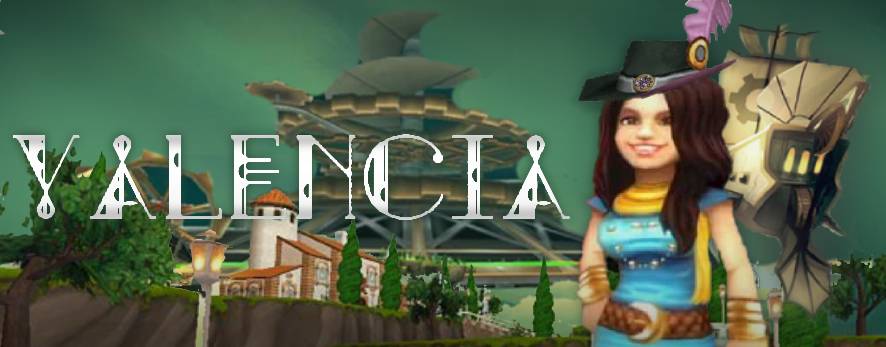
The Valencian Philharmonic
•
T he home of the ruthless clockwork empire and our own Diego the Duelmaster. Valencia was once a land of pristine culture and beauty until the clockworks came onto the scene. This is best shown through the music of Valencia. Elegant classical instruments such as the piano and strings identify the…